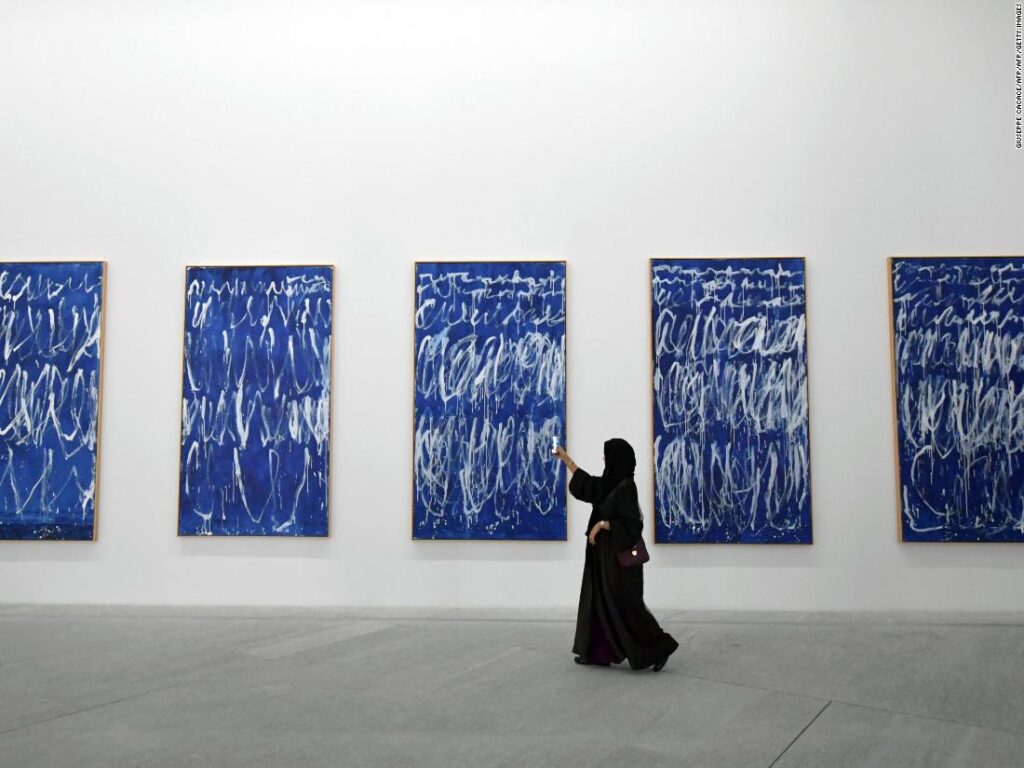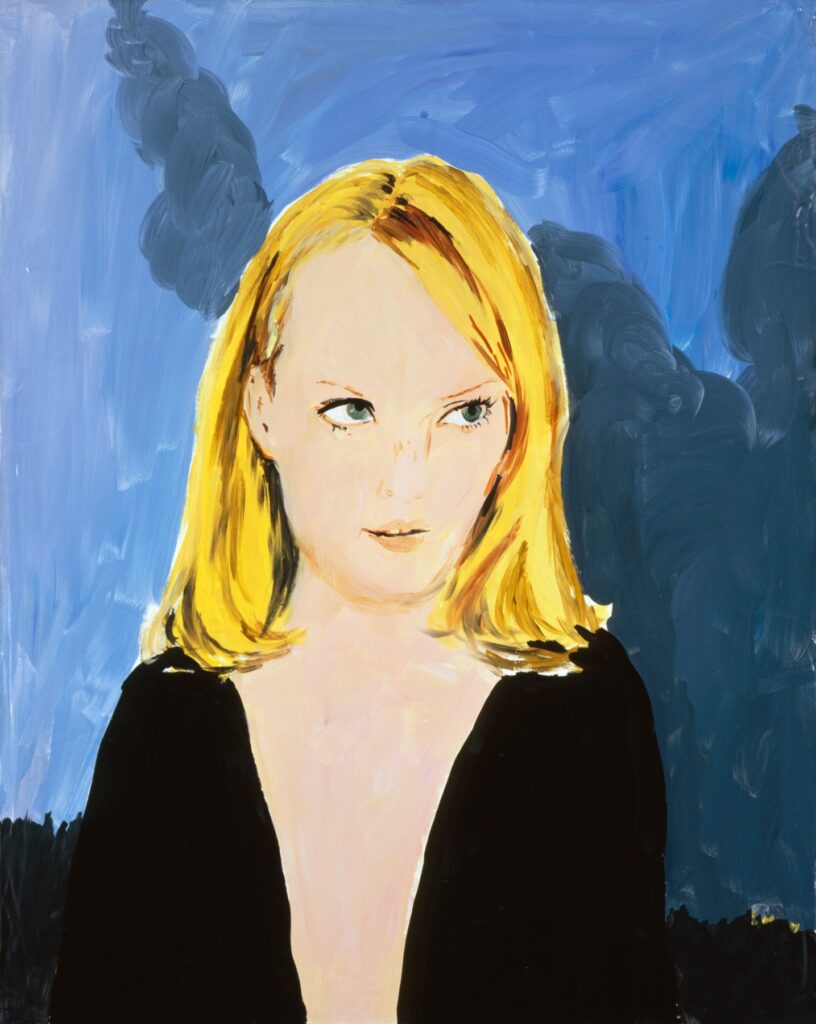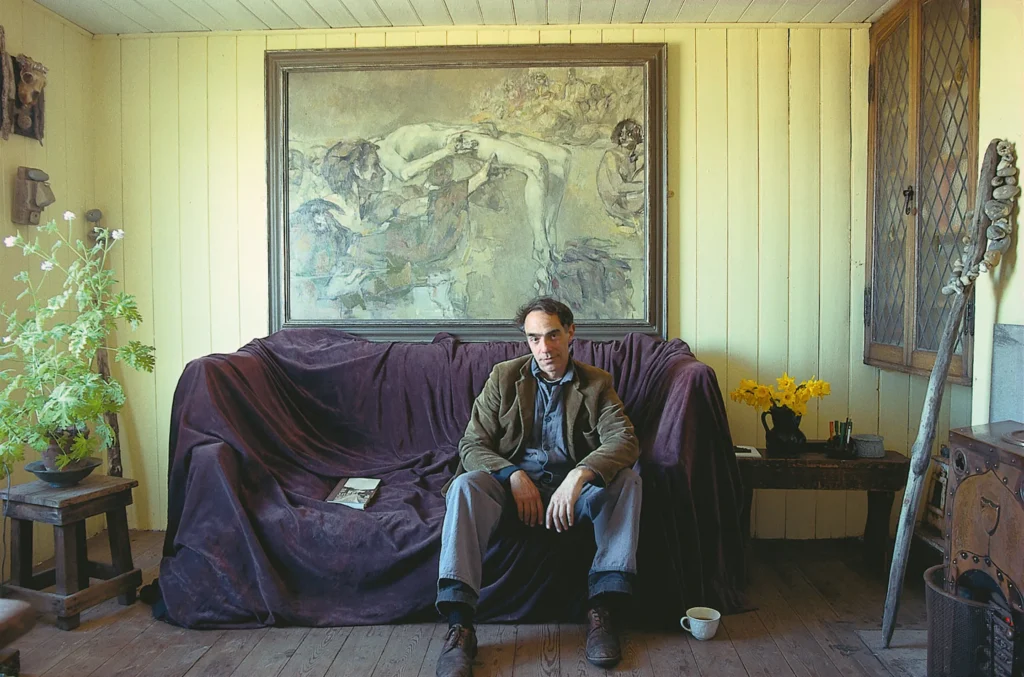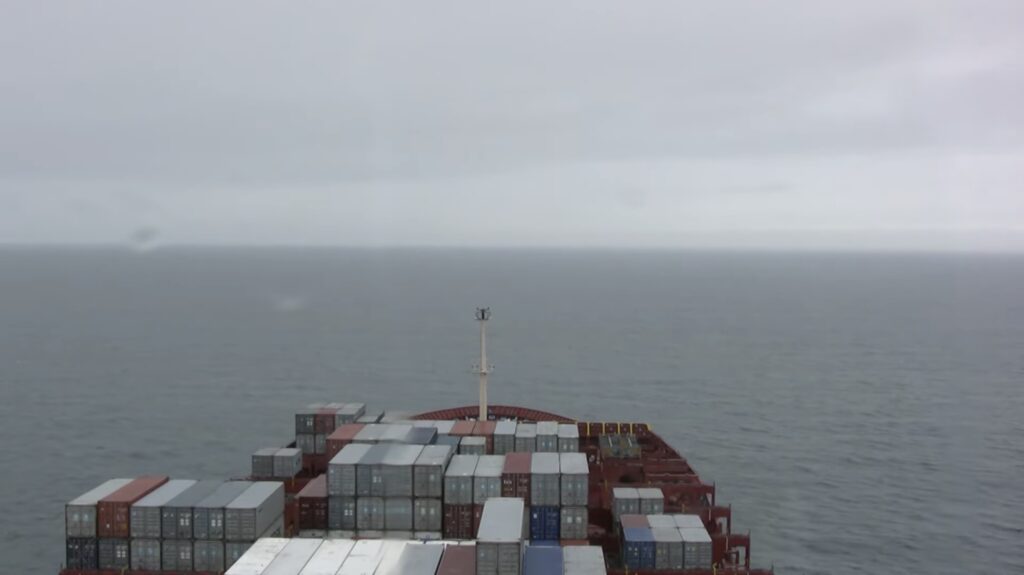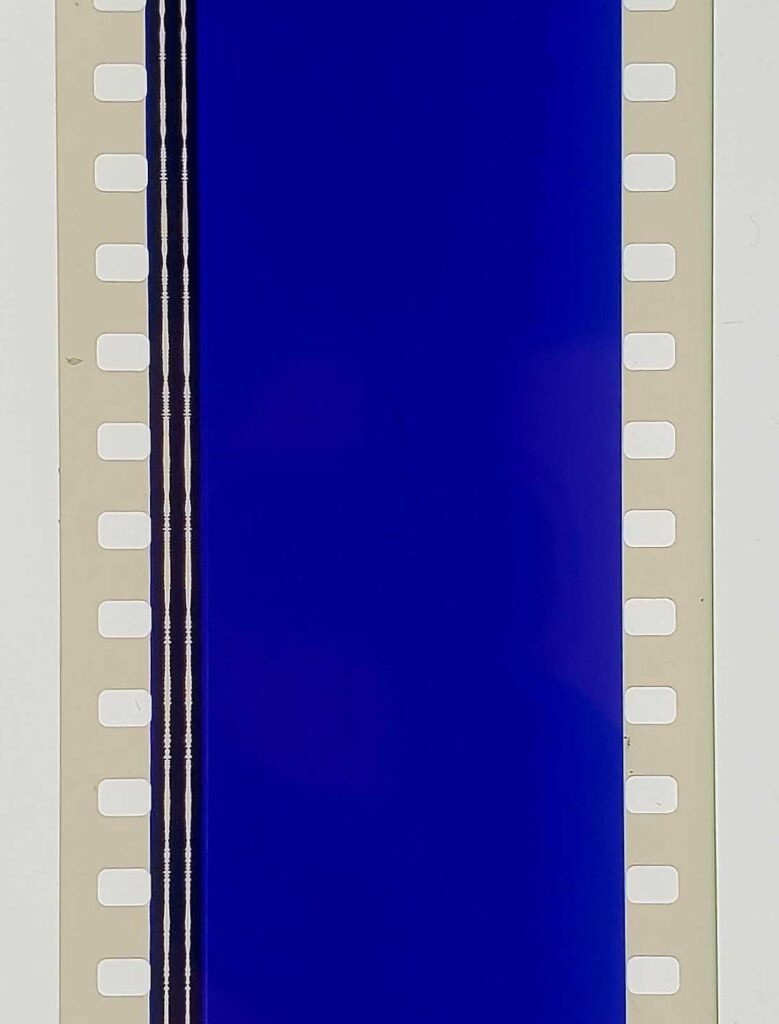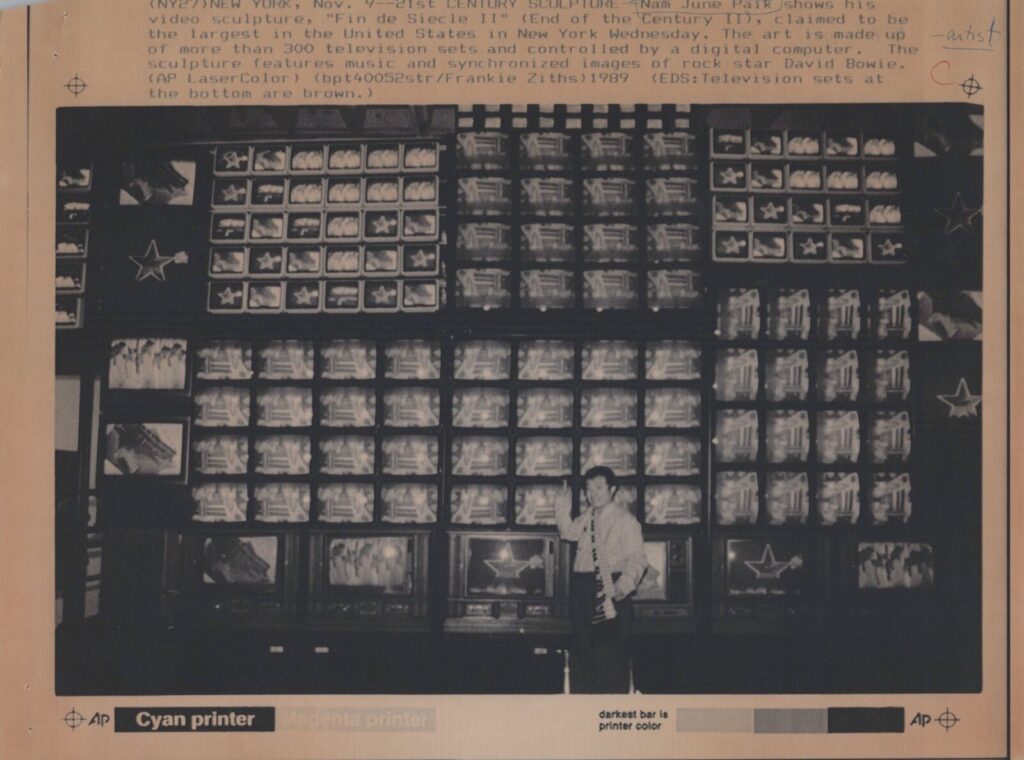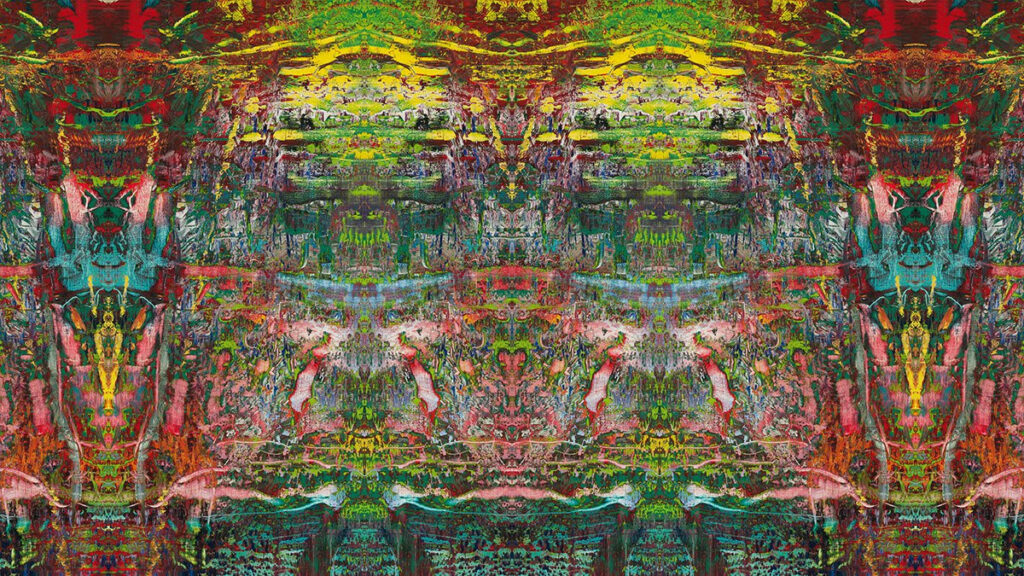Dia has released a video about Walter de Maria and his work there. It’s specific in many interesting ways. If someone is polishing the top of Vertical Earth Kilometer in Kassel, we don’t hear about it, but there are interviews with the longtime caretakers of Dia’s permanent De Maria installations in the US: Bill Dilworth (New York Earth Room); Patti Dilworth (Broken Kilometer) and Robert Weathers (Lightning Field). Bill Dillworth died in December 2024, and the project is dedicated to his memory. [h/t Chris Nanos]
Related, somehow not previously: In 2023 Jeffrey Weiss wrote about the history, changes, and poetics of De Maria’s Earth Room after it had been removed, renovated, and remade. HVAC and new windows substantively changed the character of the work and the visitor’s sensory experience of it. But the implications extend far beyond questions of aroma, humidity, or ambient sound, toward permanence, aesthetic and the nature of the art experience.
[later that day update]: @octavio-world’s post adds new context: the Dilworths both left/retired in 2023, after the renovation/alteration, and were replaced by a rotation of minimum wage workers. So while extolling both the primacy of the physical experience of De Maria’s works, and listening to the singular people who have experienced it, that connection was broken. I mean, yay oral history, but that feels like an important thing to have omitted from the story, especially when it makes it sound like a memento mori and not a corporate/conservatorial decision.
[update: I’d had the Dilworths’ name spelled right, then I changed it after doublechecking a quote, and seeing it spelled wrong in the video captions. I’ve changed it back. Dia could do the same. Thanks for the correction.]

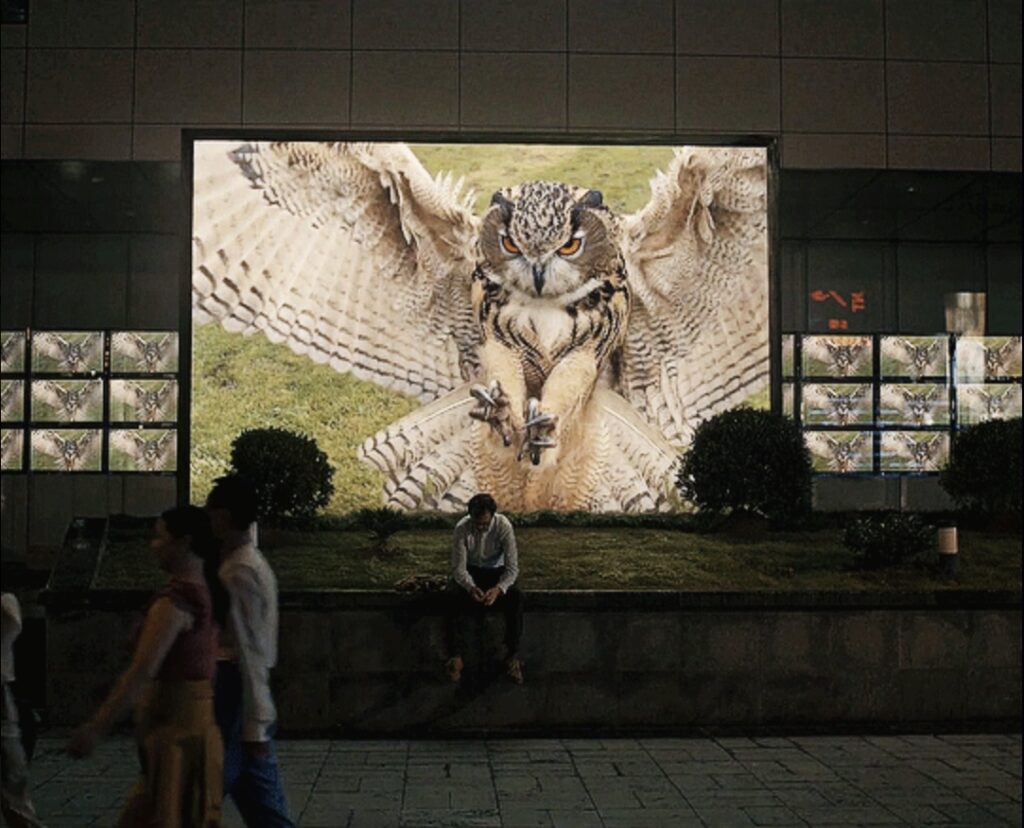
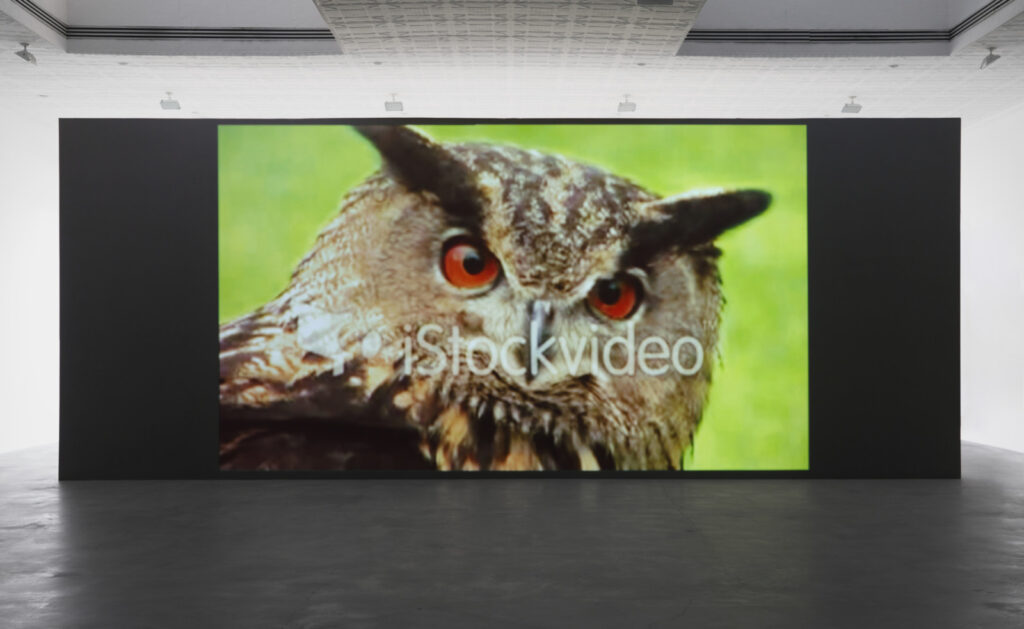
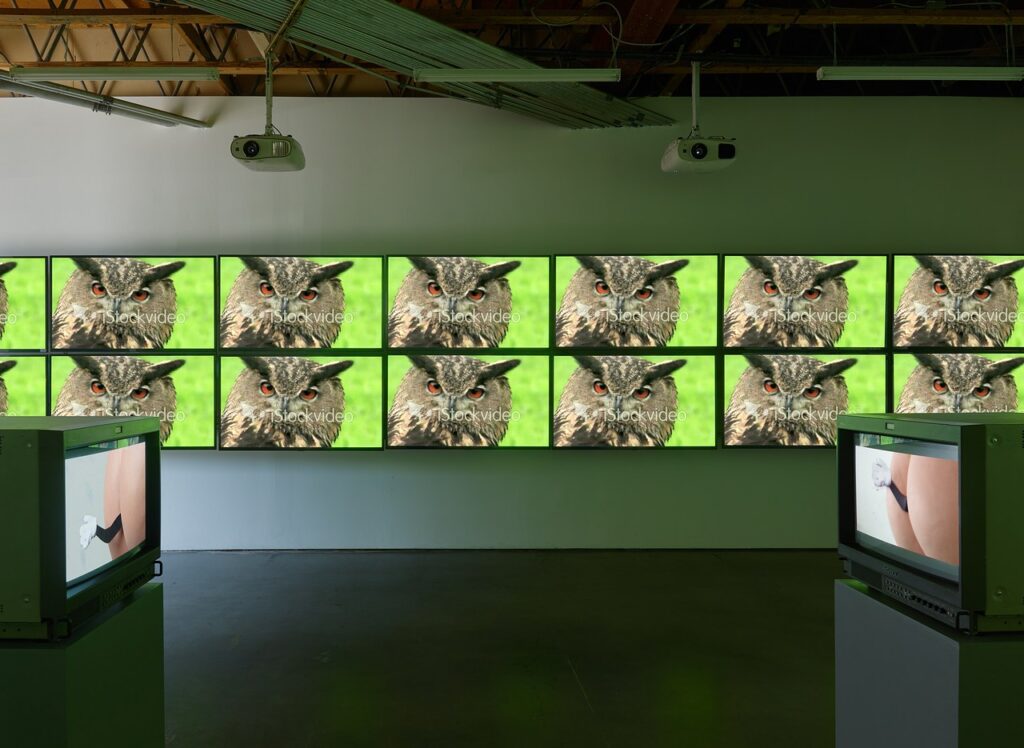
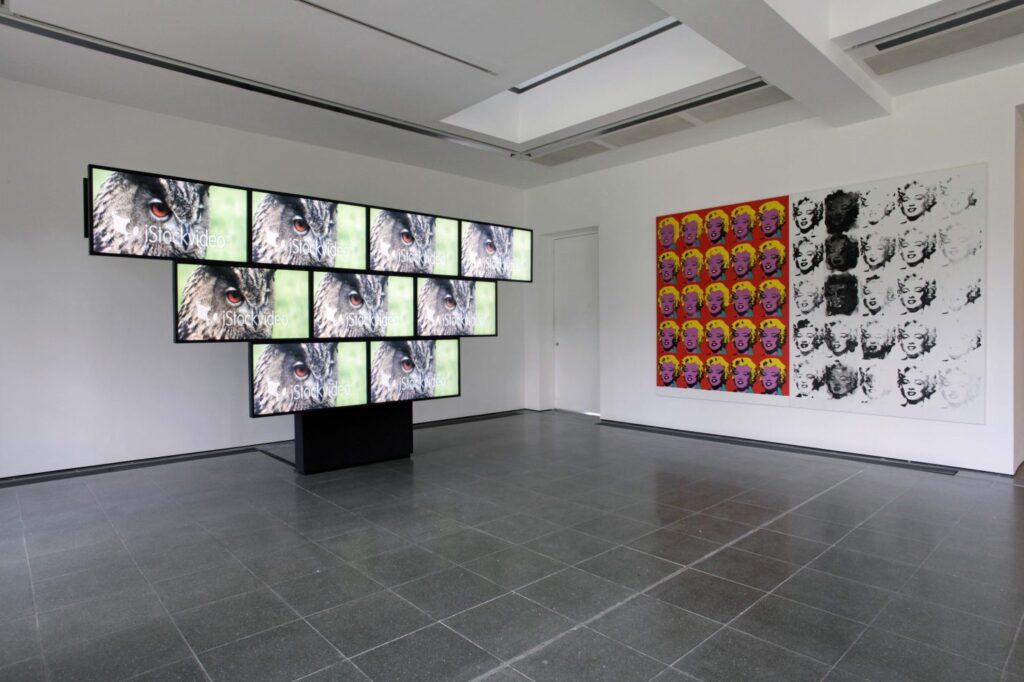
![this altered version of Caravaggio's Deposition from the Vatican Museums in Roma is a cascade of mourning figures holding or looming over the dead but still absolutely caked up body of Our Lord, with an outsized clipped version of Richard Prince's under-oath face roughly pasted onto the main figure in the center, the one who is holding Jesus, but, importantly, also looking straight at the viewer. Obviously, since this is a picture about Prince's deposition in a lawsuit, the so-called correct thing would be to paste his face on Jesus's, and in less apocalyptic times, I might have, but [looks at the world] I'm not taking that chance rn](https://greg.org/wp-content/uploads/2025/04/richard-prince-deposition-roma1-689x1024.jpeg)

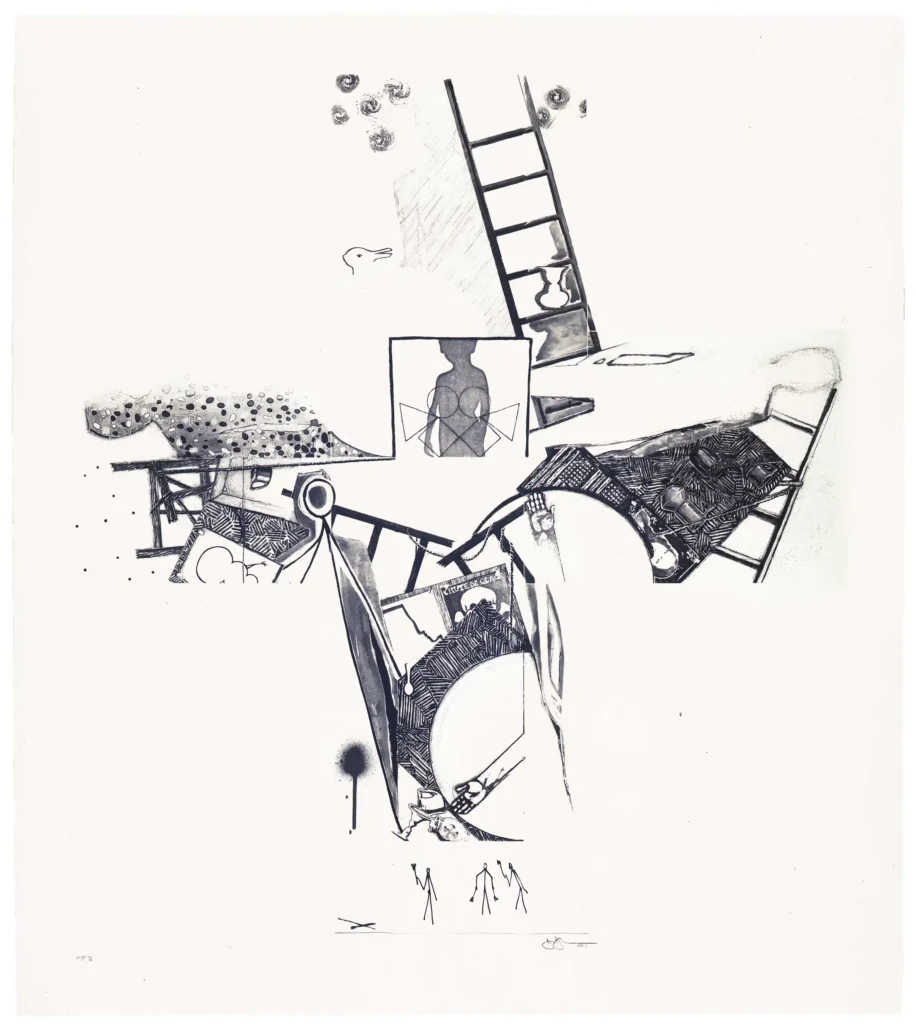

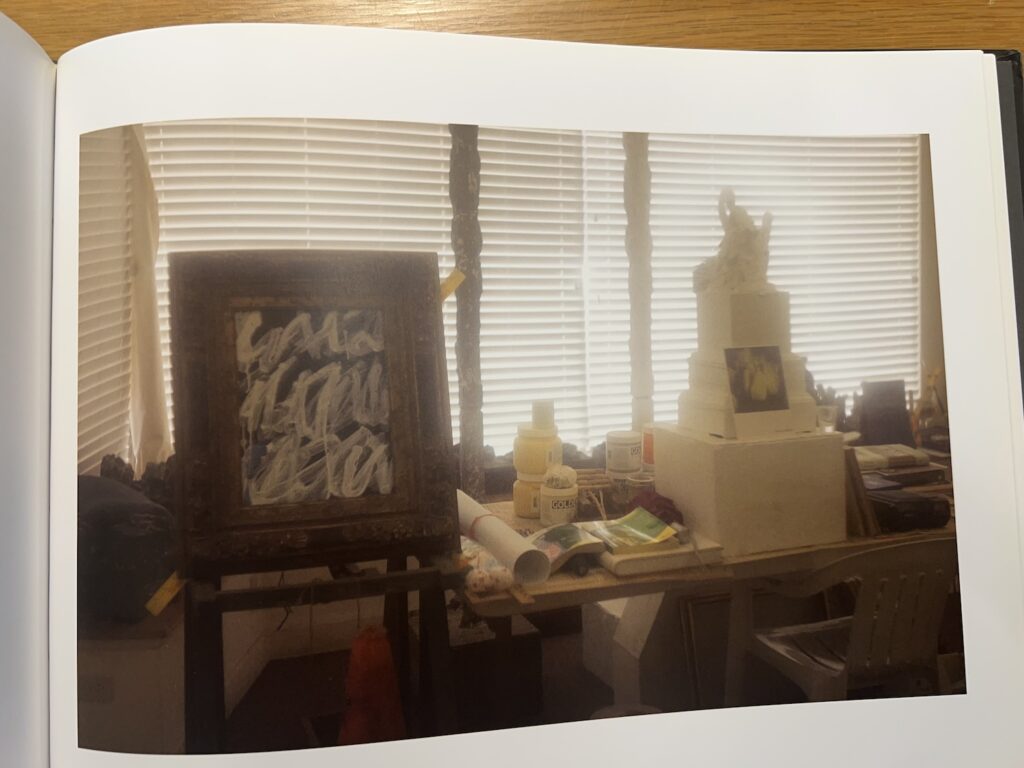
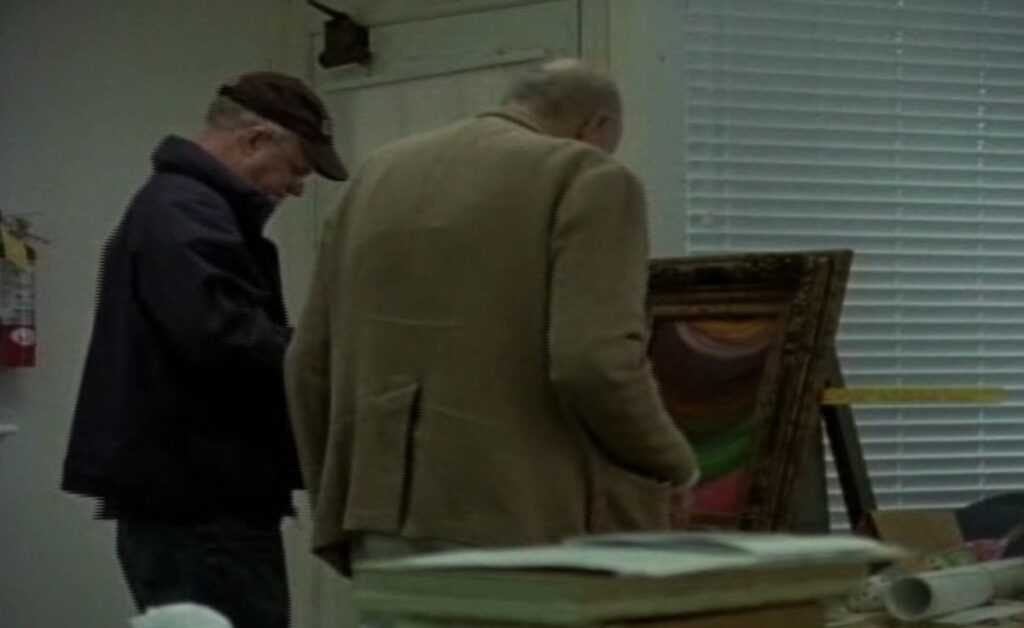
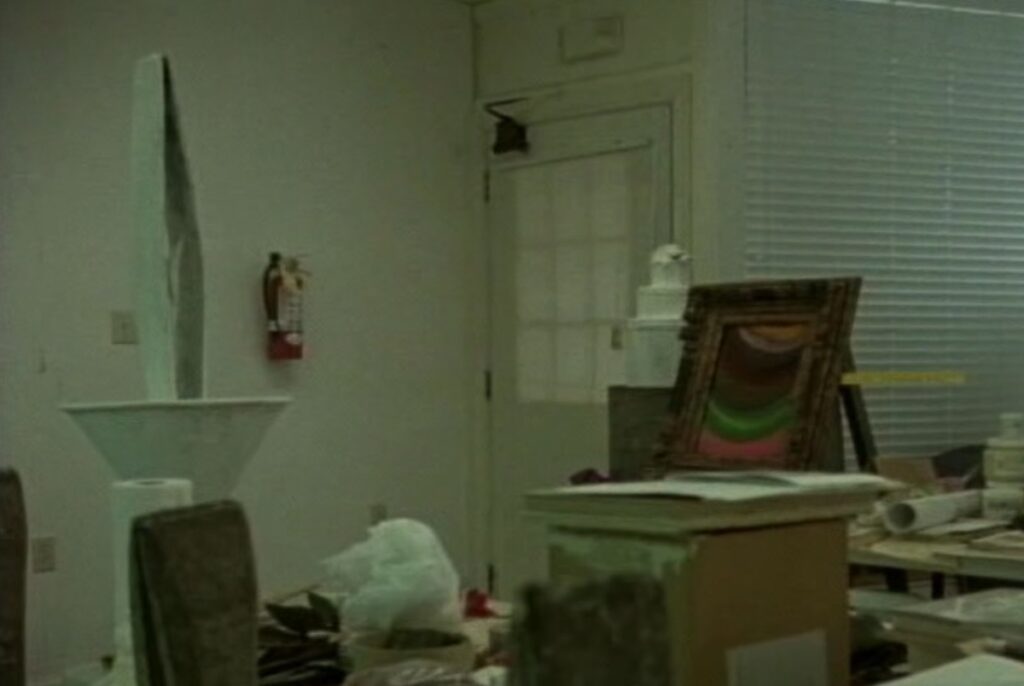
![a google streetview screenshot of the back of a durer painting in the state museum in karlsruhe, germany, which is mounted on a white pedestal in a black and gold edged frame. the back of the painted panel is swirling red green pink blue, pale yellow, interpreted as a slice of agate, and I forget what's on the front. some devotional image of jesus [love him, don't get me wrong, but not the point rn] the gallery floor dominates the image; it is strip wood. the walls are pale grey with a dark grey stone baseboard. google streetview cruft and ui elements abound obv](https://greg.org/wp-content/uploads/2021/03/durer-ecce-homo-verso-google-streetview-1024x717.jpg)
